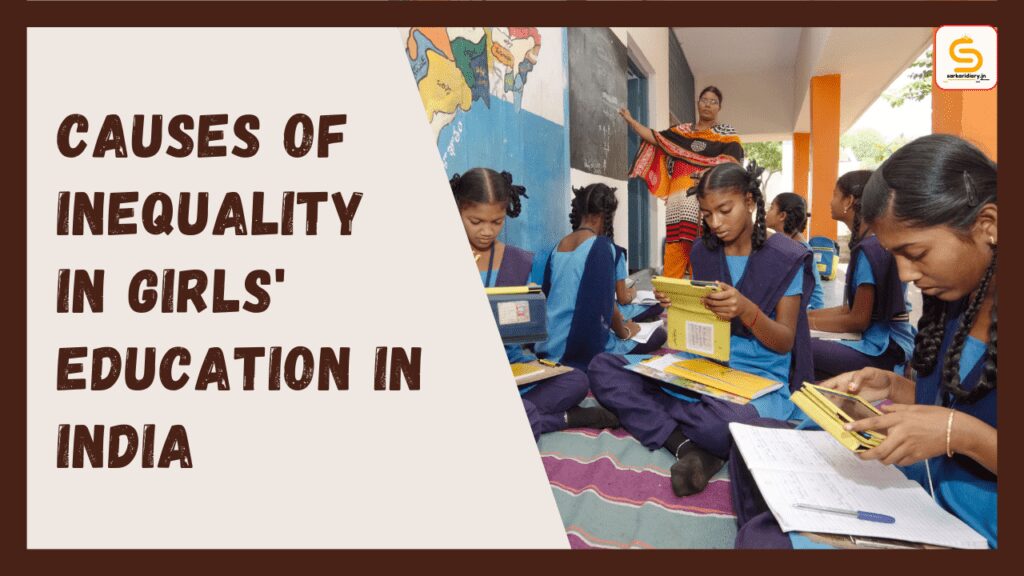Education is a fundamental human right that should be accessible to all, regardless of gender. However, in many parts of the world, including India, there is a significant gender disparity in education. Girls, in particular, face numerous barriers that prevent them from accessing quality education. This blog post aims to explore some of the key causes of inequality in girls’ education in India.

Social and Cultural Norms
One of the primary causes of inequality in girls’ education in India is deeply rooted in social and cultural norms. Traditional gender roles and stereotypes often limit girls’ educational opportunities. In many communities, girls are expected to prioritize household chores and early marriage over pursuing education. This mindset perpetuates the belief that a girl’s role is primarily domestic, undermining her right to education.
Child Marriage
Child marriage remains a significant obstacle to girls’ education in India. According to UNICEF, nearly 27% of girls in India are married before the age of 18. Early marriage often leads to the discontinuation of education, as girls are expected to assume adult responsibilities and start a family. This practice not only robs girls of their childhood but also hinders their chances of acquiring knowledge and skills for a better future.

Gender-Based Violence
Gender-based violence, including sexual harassment and assault, has a profound impact on girls’ education. Fear of violence can deter girls from attending school, especially in areas with inadequate security measures. The threat of violence not only affects their physical safety but also creates a hostile learning environment that hampers their ability to focus and excel academically.
Lack of Infrastructure
Inadequate infrastructure, such as the lack of proper school buildings, toilets, and transportation, is another significant cause of inequality in girls’ education. Many rural areas in India lack basic facilities, making it difficult for girls to attend school regularly. The absence of separate toilets for girls also poses a significant challenge, particularly during menstruation, leading to increased absenteeism and dropout rates.
Economic Factors
Financial constraints often prevent girls from accessing quality education. Poverty and the associated costs of schooling, such as uniforms, textbooks, and transportation, pose significant barriers to girls’ education. Families facing economic hardship may prioritize the education of male children over females, perpetuating the cycle of inequality.
Government Policies and Implementation
While the Indian government has implemented various policies to promote girls’ education, the effectiveness of these initiatives can be hindered by poor implementation and monitoring. In some cases, the lack of awareness about these policies at the grassroots level results in limited access to educational opportunities for girls. Additionally, a lack of adequate funding and resources for education further exacerbates the problem.
Conclusion
Addressing the causes of inequality in girls’ education in India requires a multi-faceted approach. Efforts should focus on challenging social and cultural norms that perpetuate gender disparities, combating child marriage, ensuring safety and security in schools, improving infrastructure, providing financial support to disadvantaged families, and strengthening the implementation of government policies. By addressing these issues, we can create an inclusive and equitable education system that empowers girls and enables them to reach their full potential.
[catlist name=”bed-deled”]